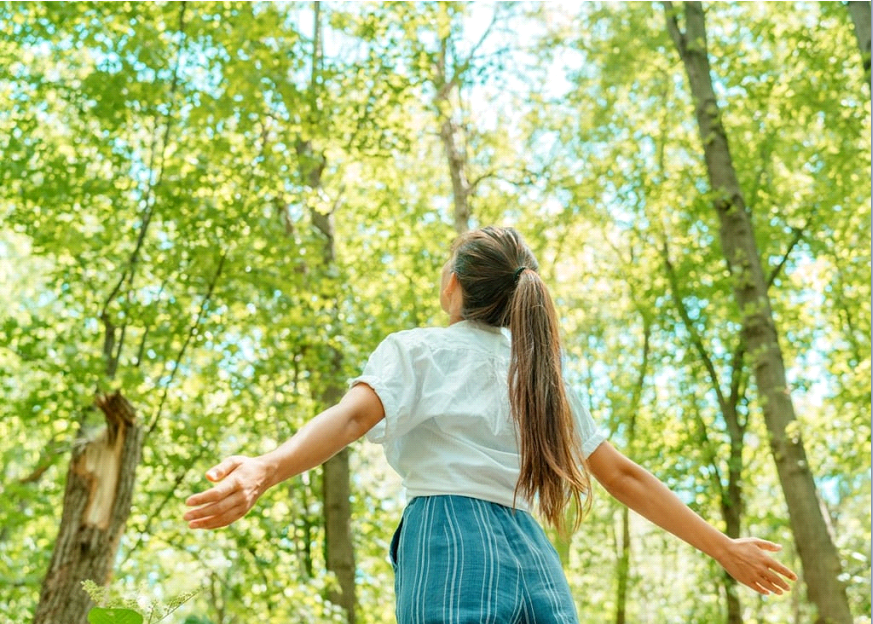According to a recent study by experts at Northwestern University Feinberg School of Medicine, living close to green spaces may contribute to having a younger biological age.
Previous studies have emphasized the many advantages of living near parks and other green spaces, including enhanced cardiac health and decreased death rates.
The Study and its Findings
The investigation of the effects of two decades of exposure to greenness on biological aging was the main goal of the study, which was written up in the peer-reviewed journal Science Advances.
The study team used a technique called DNA methylation-based epigenetic aging, which looks at DNA chemical alterations that may have an impact on a range of age-related health consequences.
The individual’s blood DNA methylation results were examined to determine their estimated epigenetic ages.
Benefits of Greenery and Healthy Aging
924 people who lived in Birmingham, Alabama, Chicago, Minneapolis, and Oakland, California were participants in the study. The amount of vegetation or “greenness” in an area as well as the availability of significant parks within a 5 km (3.1 mi) radius of each participant’s home were both measured by the researchers using satellite imaging.
Living in more green environments was found to result in a biological age that was, on average, 2.5 years younger than living in less green environments. This underlines how crucial our living conditions, including our connections to others and our access to green spaces, are to preserve our health as we age.
Influence of Race, Sex, and Socioeconomic Status
The study also showed that socioeconomic class, race, and sex all had an impact on the advantages of green spaces. The fact that black participants often had less access to green areas than white participants suggests that a lack of availability may prevent some populations from benefiting from epigenetic aging research.
Furthermore, compared to men, women who lived in green locations had a bigger biological age decrease. This difference may be explained by the fact that women traditionally perform caregiving duties, which may expose them to more residential greenery.
It is crucial to keep in mind that the study did not look at the quality or kinds of green spaces, which would have shed more light on the connection between greenery and biological aging. Other variables that can affect biological age, such as stress levels and social networks, were not measured.

